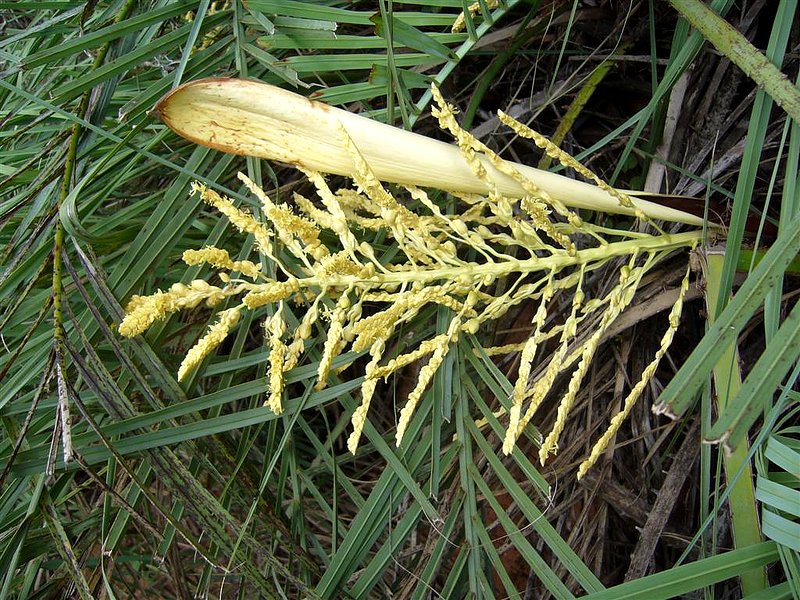Butia lallemantii
From PACSOA Wiki
| Welcome to the PACSOA Palms and Cycads wiki!
If you have any information about this species, please help by updating this article. Once you are registered you can contribute, change, or correct the text, and even add photos on this page. Click on the edit tab above and play around. Any mistake can be easily corrected, so don't be afraid. |
Common Names:[edit]
Locally known as Butia-zinho.
Distribution & Habitat:[edit]
A small area of south east Rio Grande Do Sul, Brazil where it grows in Campos, occasionally with small trees.
Description:[edit]
Formerly thought to be Butia paraguayensis, this palm was recently formally named after it was realised it differed in that the palm is caespitose, ie branching underground. A beautiful small palm with subterranean trunk, growing in red earth, forming dense mounds. Leaves are small, grey and arching. There is some variation within the species with respect to trunk i.e. an odd plant formed single trunks. Fruits are yellow to orange, edible; the seeds are much rounder than Butia paraguayensis with the eyes situated towards one end.
Contributed by:[edit]
Nigel Kembrey (Text and Figure 1,2,3&4)




